Entering into US session, Sterling is trading as the strongest one for today so far. Weaker than expected UK GDP triggered very brief retreat in the Pound. And Sterling quickly find its footing on Brexit optimism again. At the time of writing, Euro is the second strongest as Italian yield drops for another day. The selling climax in Italian bonds could have passed the climax for the near, possibly until credit agency rating actions. Dollar trades mildly high as consolidative price actions extend. Yen is the weakest one as sentiments stabilized and turned mixed. Kiwi is the second weakest, followed by Loonie.
In Europe, CAC leads the way down by -0.71%, DAX is down -0.64% and FTSE is down -0.05%. Italian 10 year yield is dropping -0.0361 at 3.475. German 10 year bund yield is up 0.0049 at 0.556. German-Italian spread is no back below 300. Earlier in Asia, Nikkei rose 0.16%, Hong Kong HSI rose 0.08%, China Shanghai SSE rose 0.18%. But Singapore Strait Times dropped -1.11%. 10 year JGB yield dropped -0.0065 to 0.156, still way above BoJ’s allowed band of -0.1 to 0.1%.




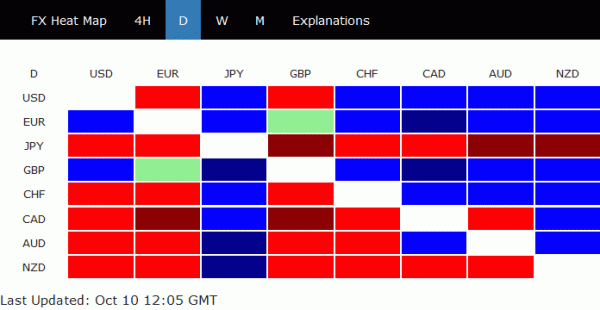
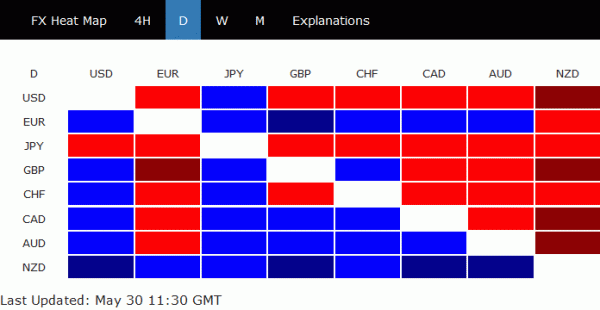
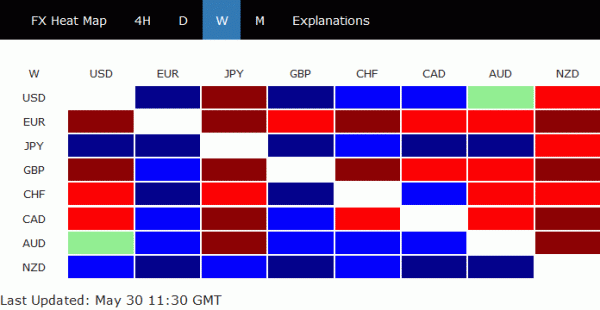
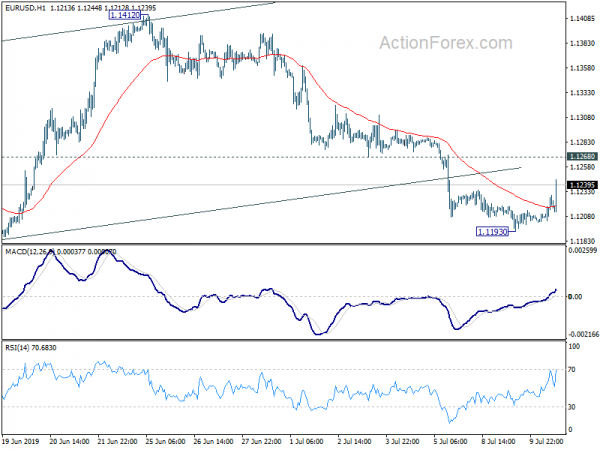
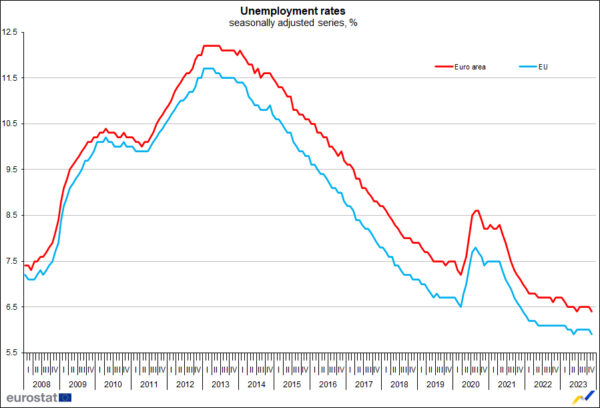
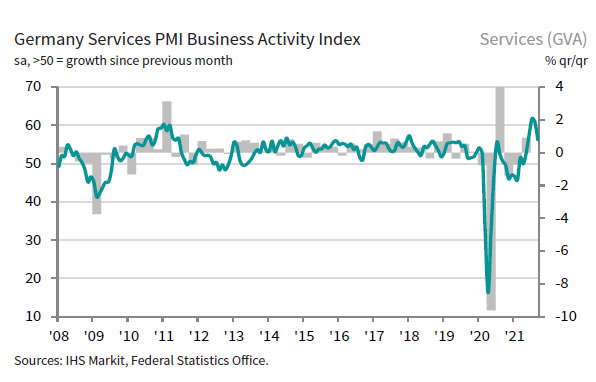
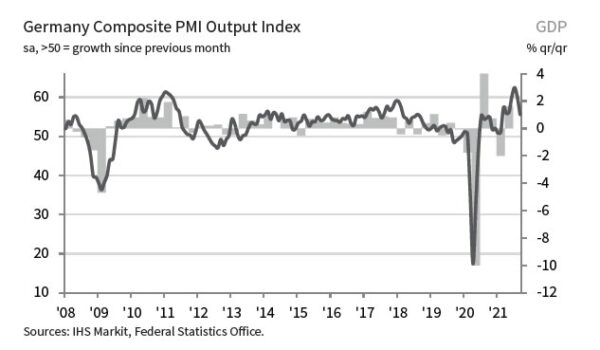
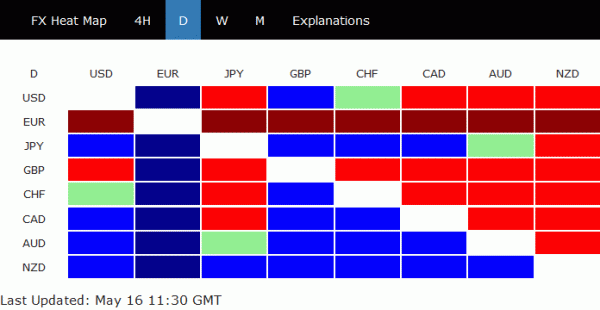
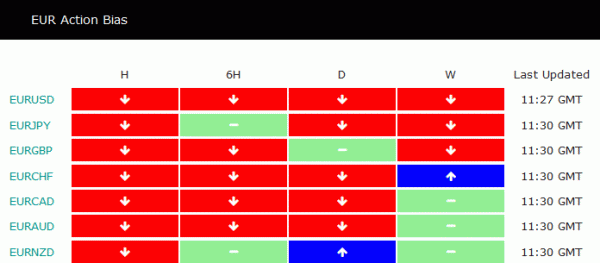
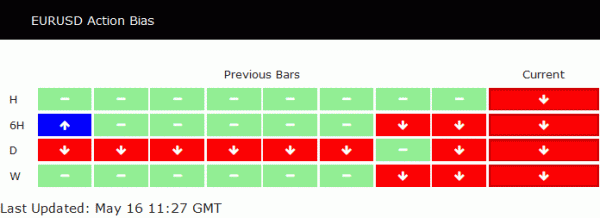
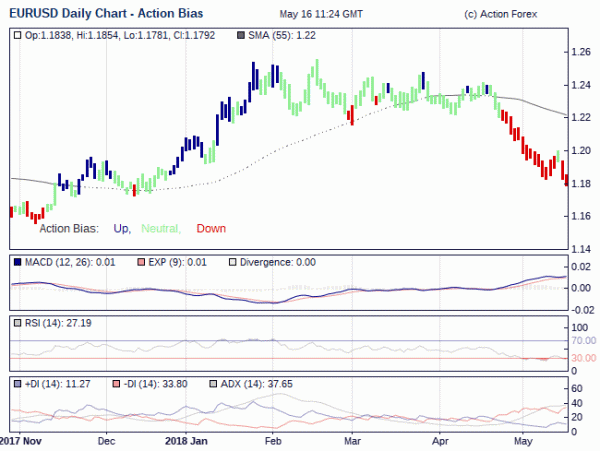
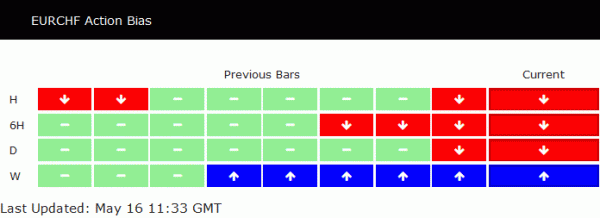
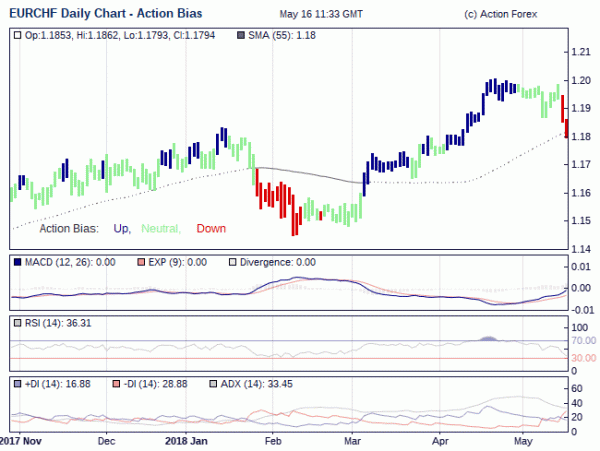
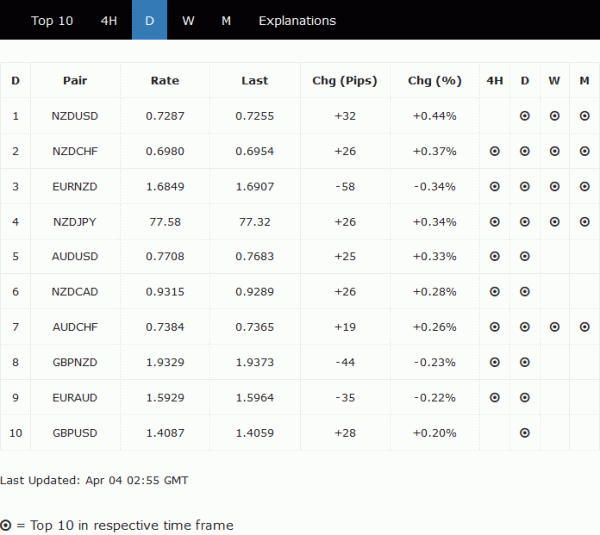


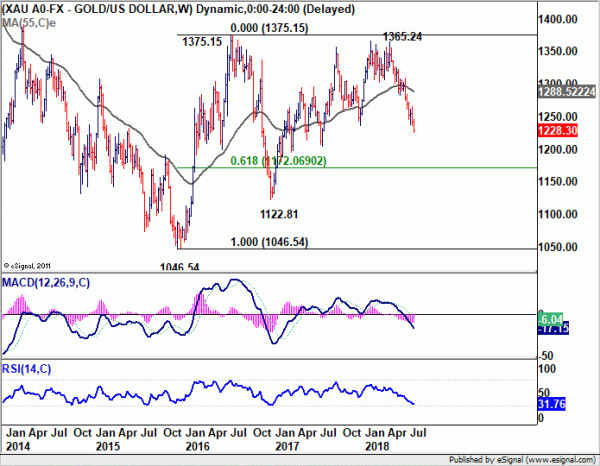
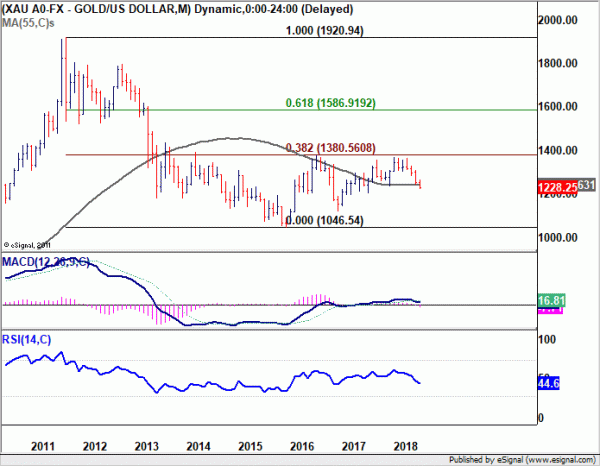
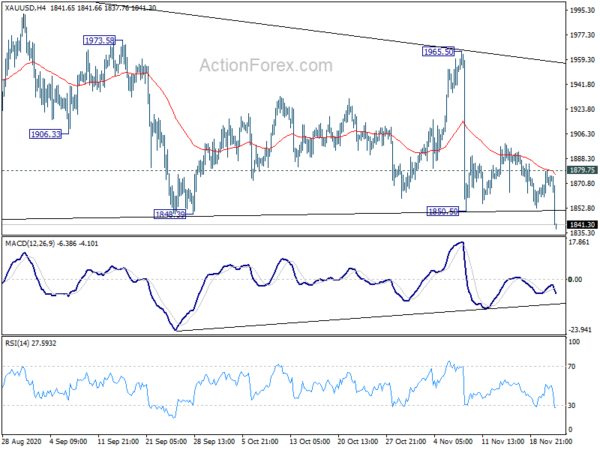
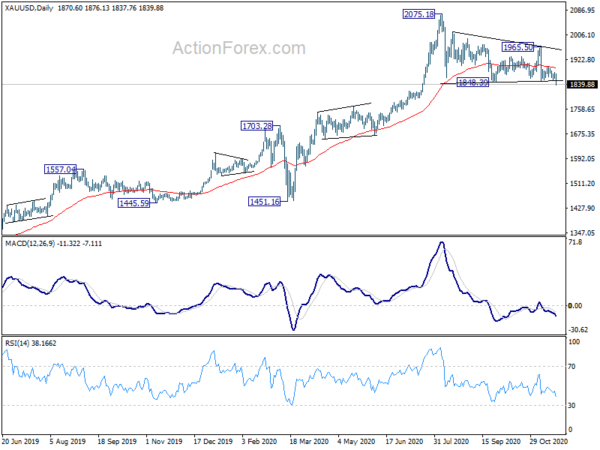
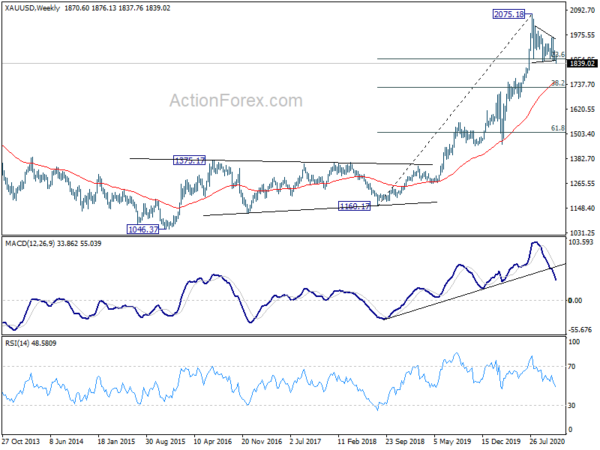
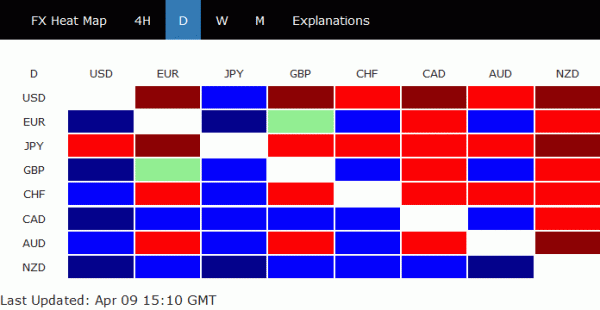
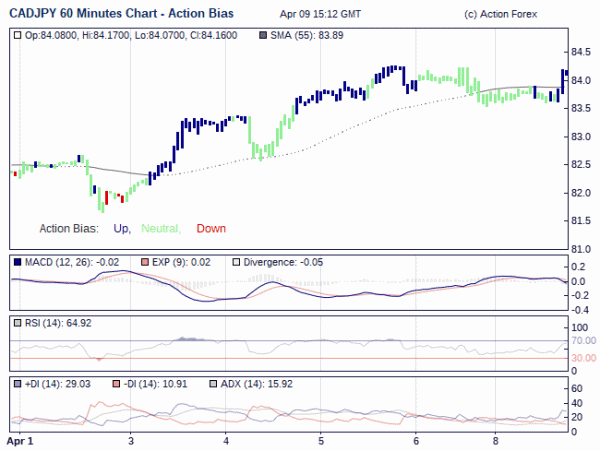
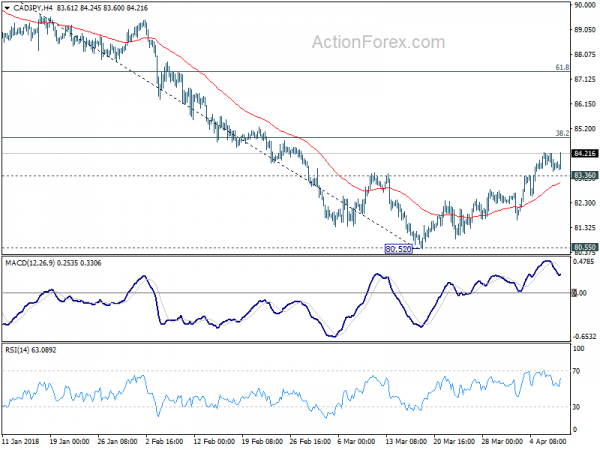
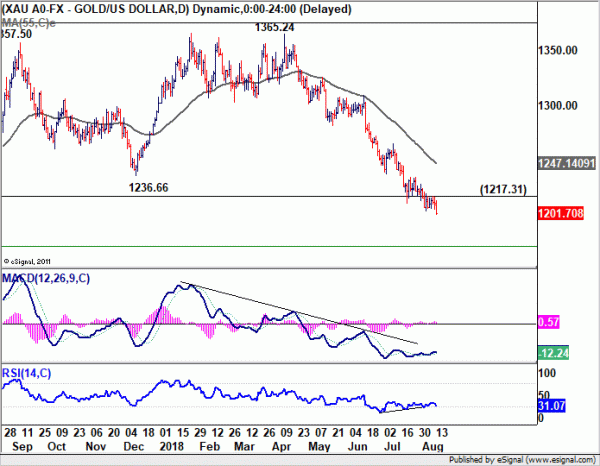
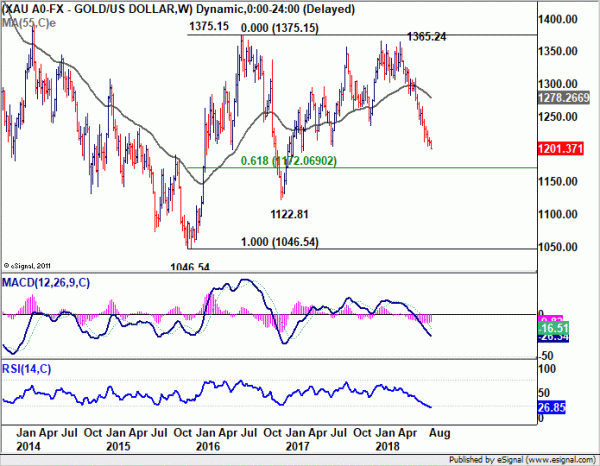
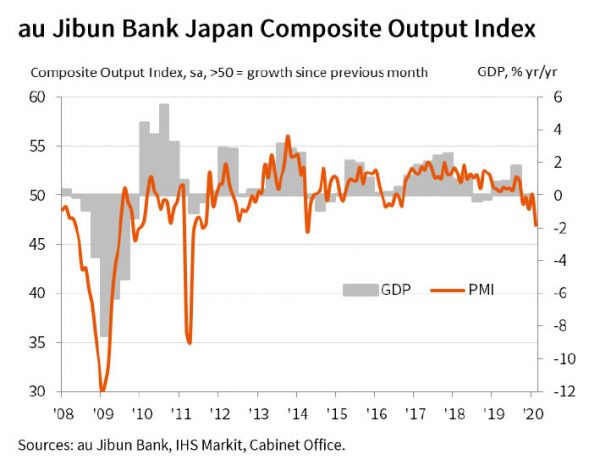
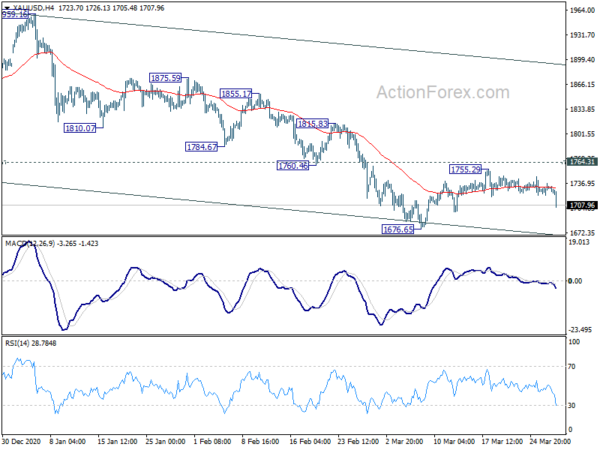
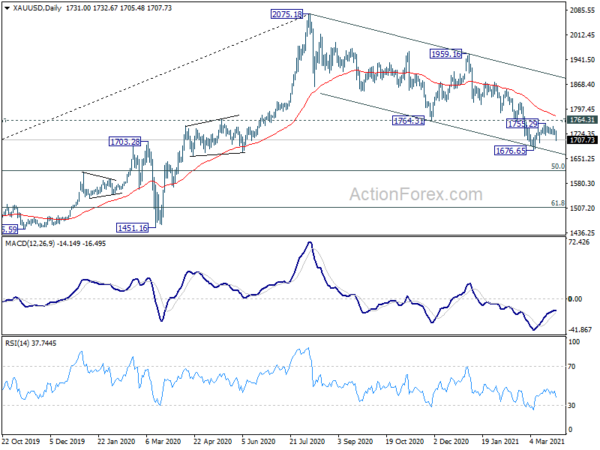
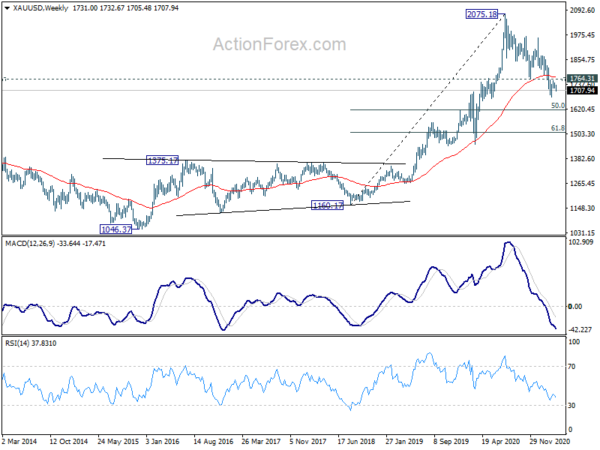
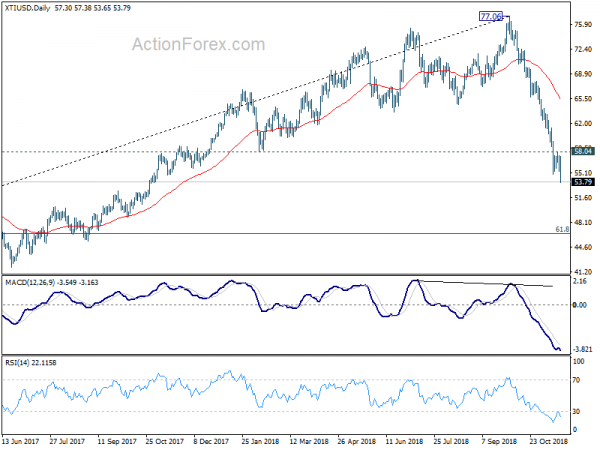
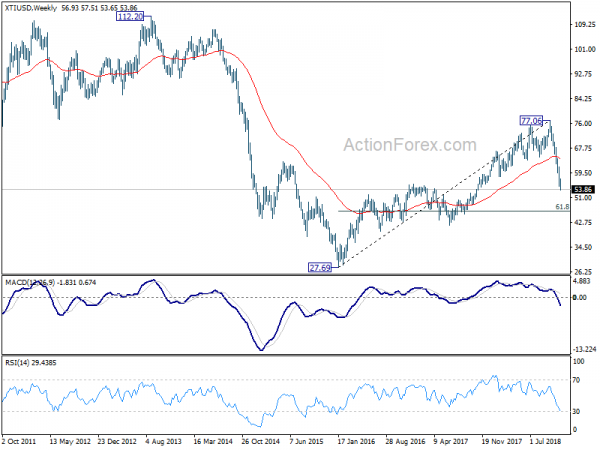
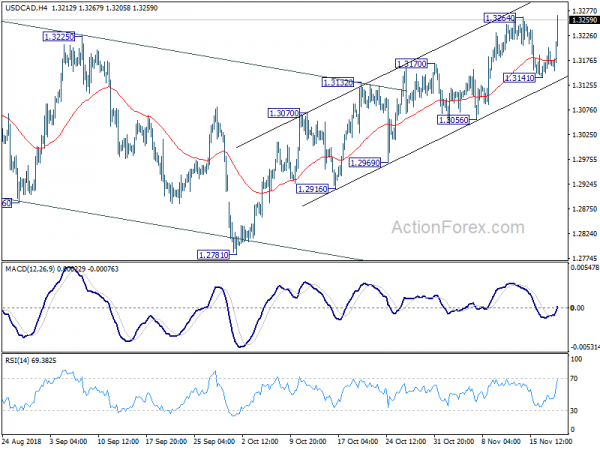
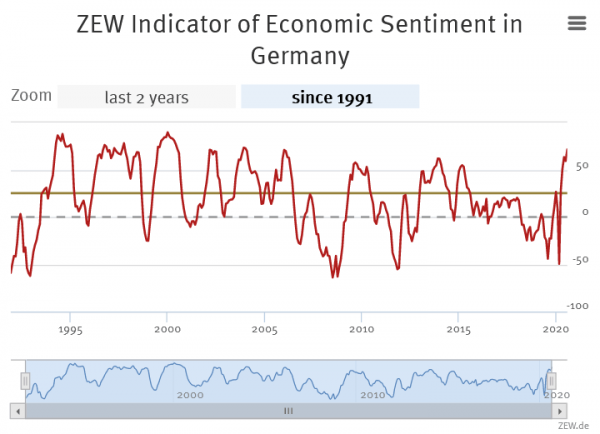
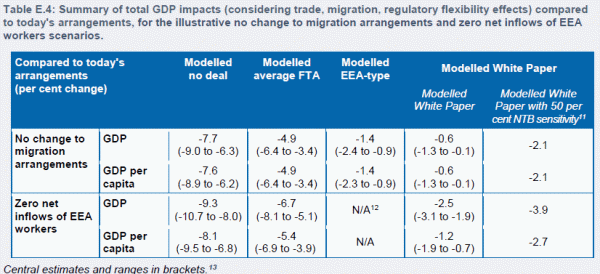

Fed Harker: Risks tilt very slightly to the downside, at most one hike this year
Philadelphia Fed President Patrick Harker said in a speech in London that “potential risks tilt very slightly to the downside” in the US. Though he emphasized the work “slight” as he saw “outlook as positive” and economy “continues to grow” and is on pace to the the longest economic expansion in history.
Harker added there was “continued strength” in the labor market. He’d “cautious against” getting caught up in a single data point in February’s dismal job data. Meanwhile, inflation is running around 2% target and “does not appear to be on a strong upward trajectory”. Rather inflation is “edging slightly downward”.
Combining all, Harker stays in “wait-and-see mode”. He expects “at most, on rate hike this year, and one in 2020”. But his stance will be “guided by data”.
Harker’s full speech here.